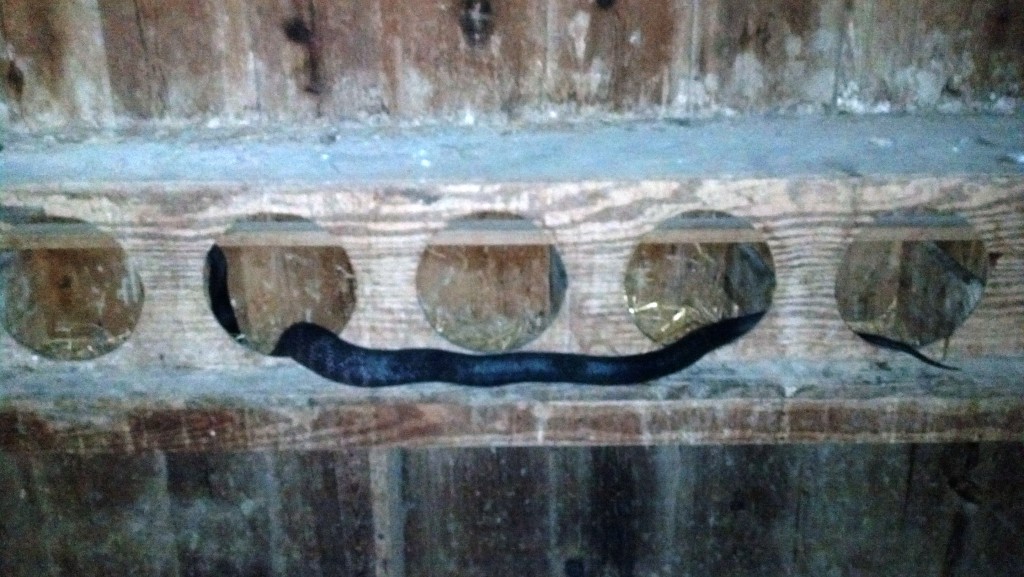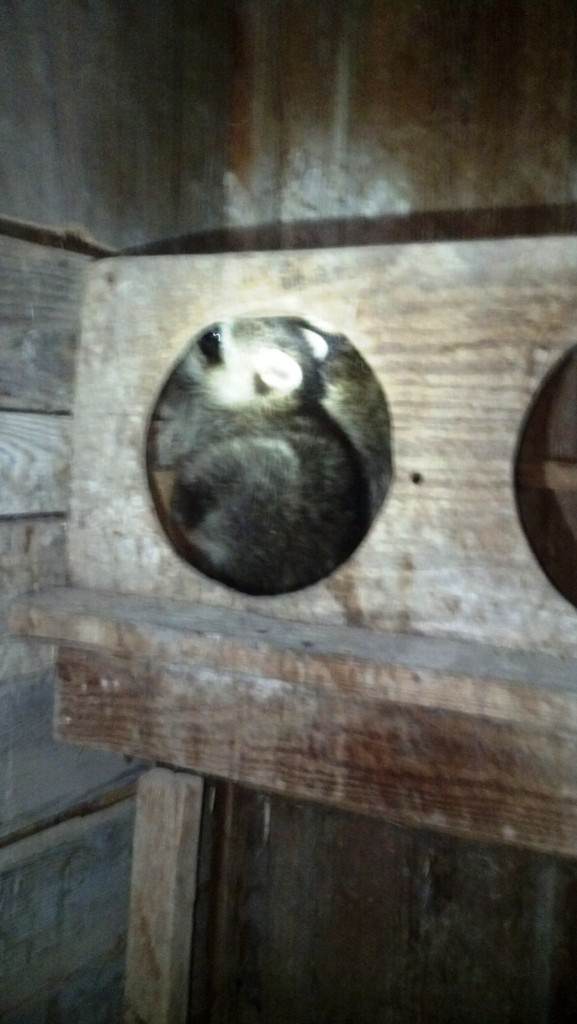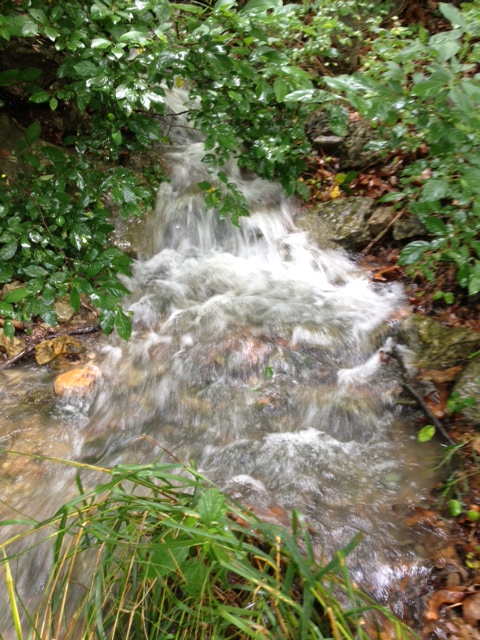I’ve long been fascinated by stories of wolves in Carroll County. I can recall sitting with my grandfather, Jack McCall, on cold winters’ nights asking about wolves. He would spit tobacco juice into a coffee can at his feet, feed the stove another stick of wood and patiently answer my questions.
Early pioneers recounted wolves as being abundant in the Ozarks. The wolves were often described as large and either reddish-gray or black in color. Biologists say it was the Red Wolf that was found in Carroll County (or Canis rufus for you Latin talkers.)
I’ve heard the opinion that Carroll County never had any actual wolves, that the old tales were of coyotes. I’ve no doubt that Jack McCall would have been surprised by this argument as wolves and coyotes not only looked different, they sounded different. In his day he killed wolves for the bounty and because they killed sheep. Later he killed coyotes because they preyed on his chickens and ducks. In his mind, the two types of animals were not the same. Wolves were bigger and carried themselves differently when they moved.
In John Sealander’s A Guide to Arkansas Mammals, he recounts an Arkansas Red Wolf specimen tipping the scales at 90 pounds. Out west coyotes seldom weigh more than 35 pounds.
The Arkansas Game & Fish Commission says that in the 1940s Carroll County had one of the largest populations of wolves left in the state, the reason being that the small farms and woodlands made for good habitat. Each year the number of pure wolves dwindled, though, as they were hunted by man and interbred with coyotes.
In 1965, the U.S. Fish and Wildlife Service listed the Red Wolf as endangered. In 1966, Carroll County still offered a $15 bounty on wolves. By 1980 Red Wolves were officially extinct in the state of Arkansas.
Late in life, Jack McCall, not one for giving a predator an even break, was wistful about the disappearance of the wolves from Carroll County. He wondered if it was man’s place to annihilate an entire species.



